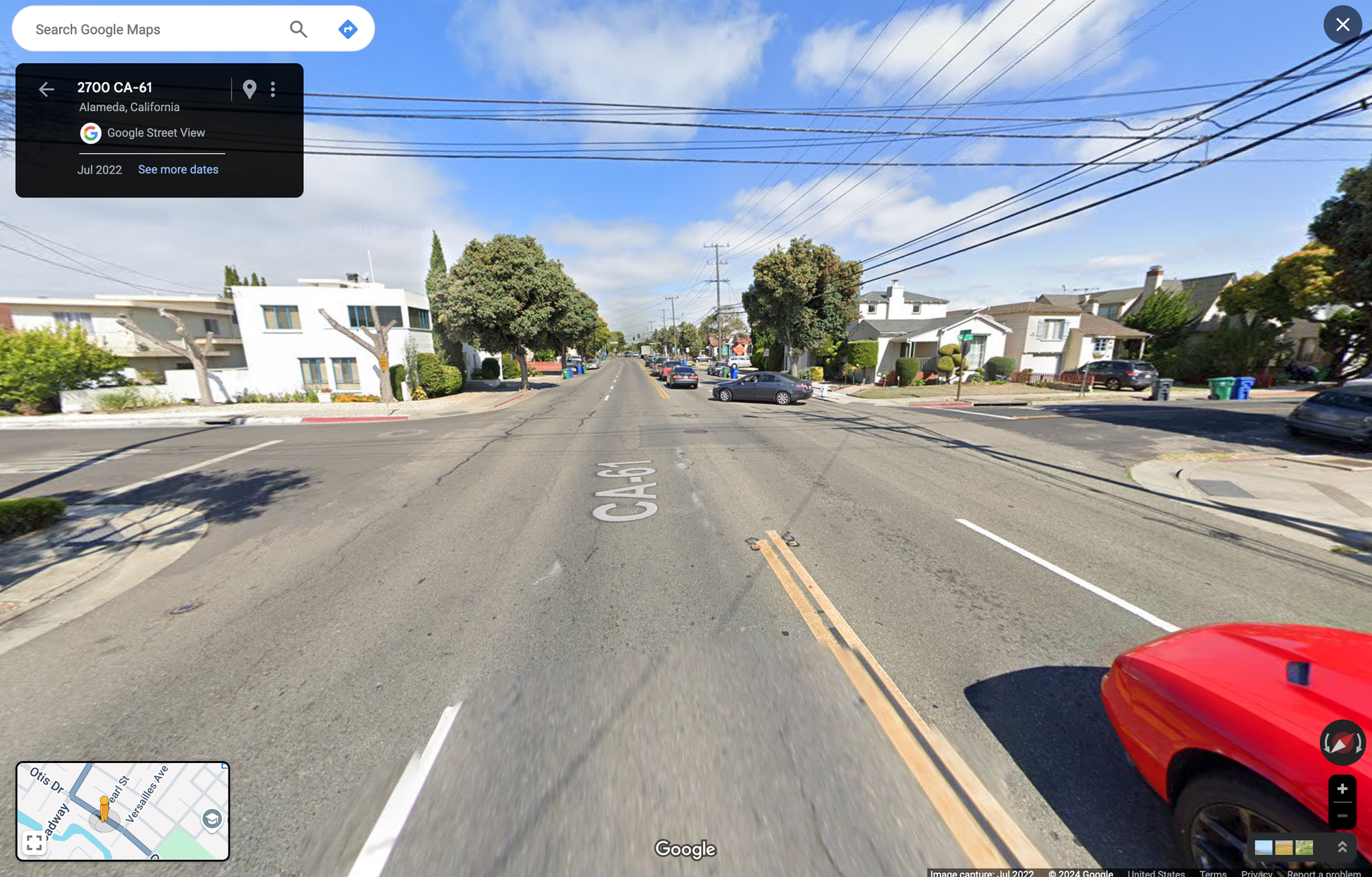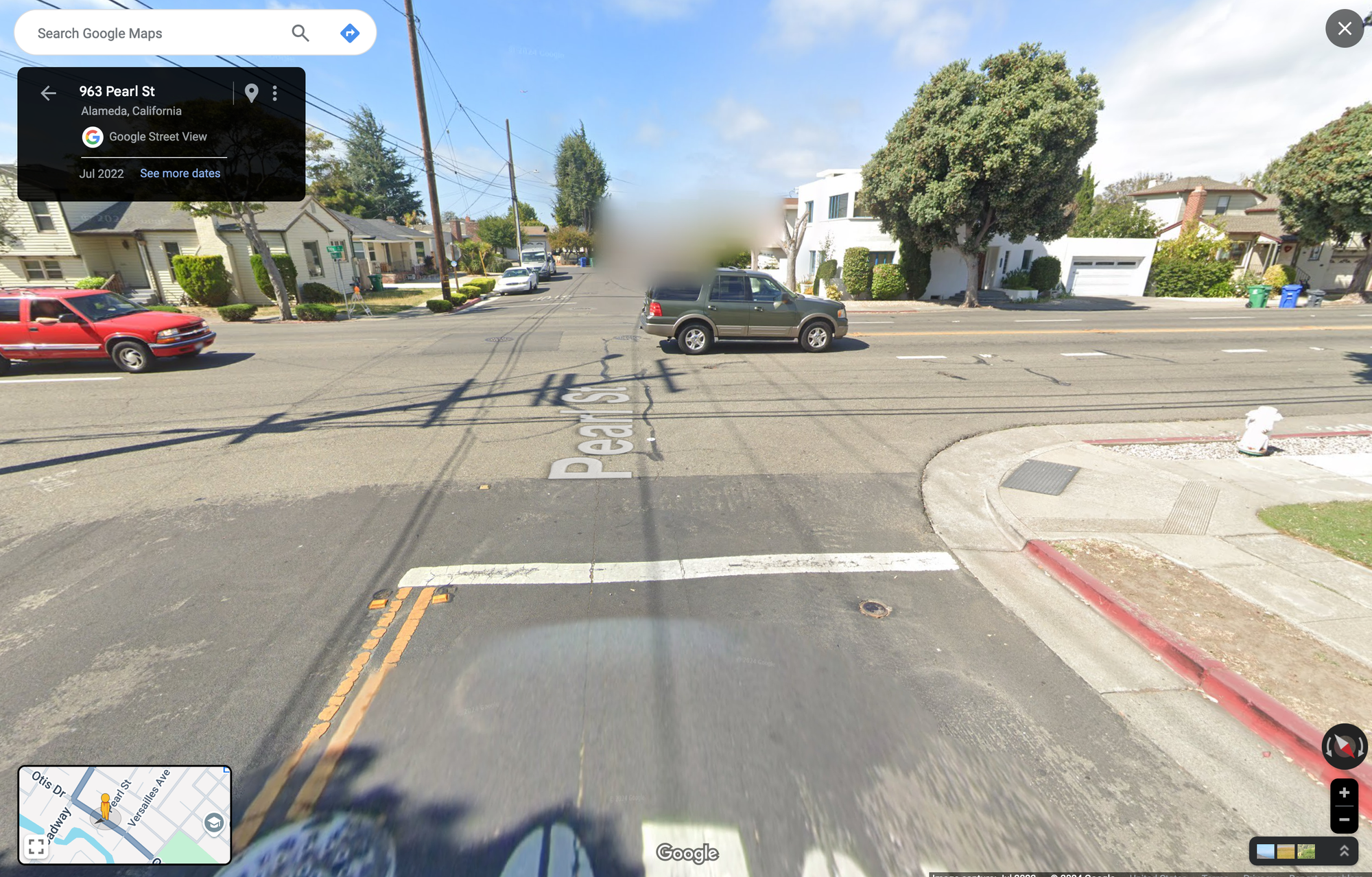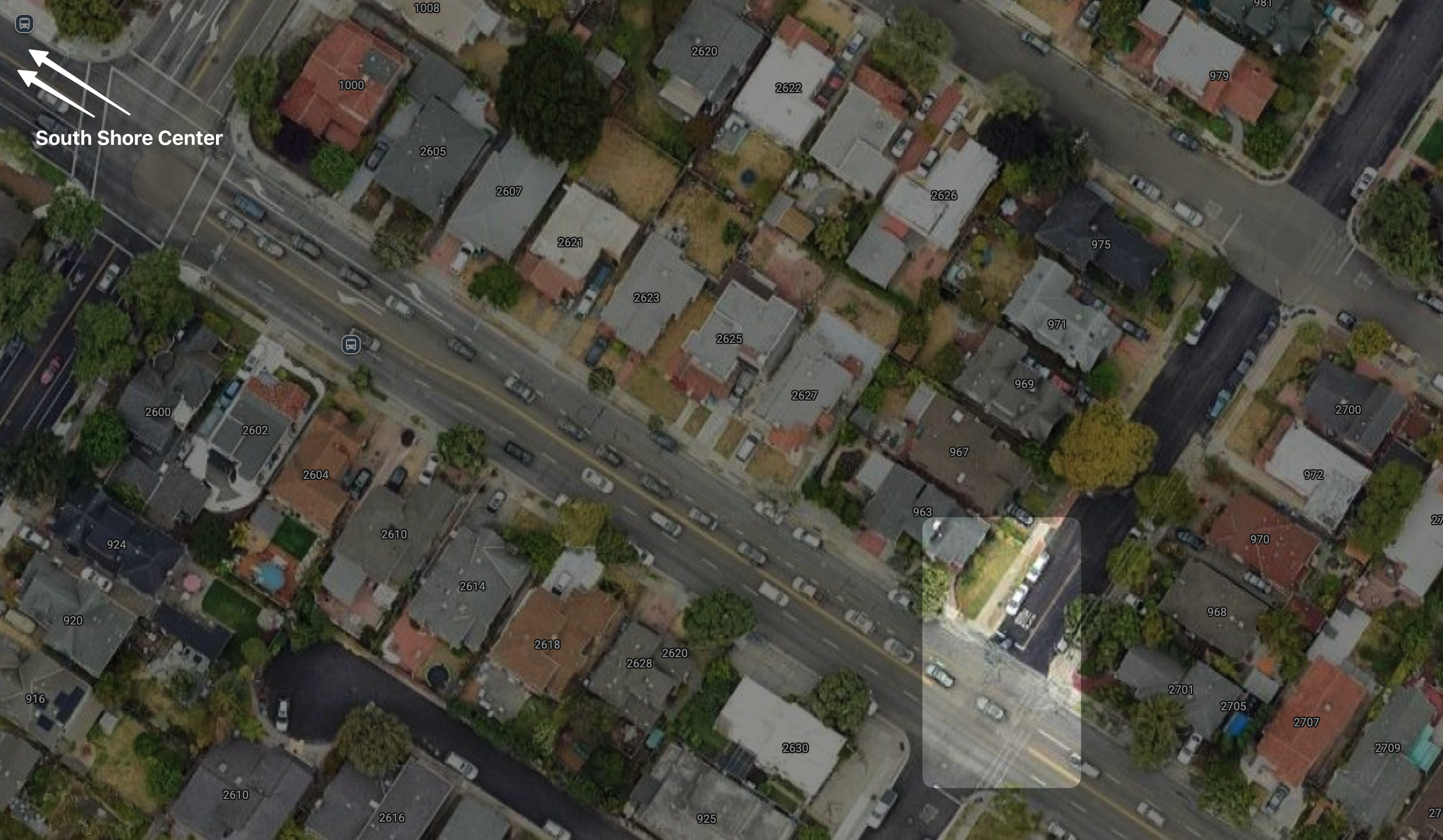Last Wednesday's frustrating city Transportation Commission meeting regarding Otis Drive in Alameda may be over. Caltrans staff may have fully rationalized their urgent need to finalize plans to rebuild this "state highway" in its exact same form before the end of their current fiscal year.
The "PID" document may already be filed internally. The "TOAR" document may already be filed internally. The "CSDD" document was already skipped internally, despite being required by current Caltrans policies.
Still, it's concerning that the team for this project did not provide these documents to the Alameda city Transportation Commission in advance of the 8/28 meeting, despite being asked to do so.
(When the City of Alameda is leading a transportation project, detailed materials are always attached to Transportation Commission and City Council agenda packets for the benefit of the general public.)
But whatever the bureaucracy of Caltrans District 4 believes in terms of the completeness of this proposed project, Otis Drive isn't done with us...
Here's one of the traffic collisions that flashed up on my phone yesterday:

If the fire department is responding to a crash, that means the crash was sufficiently severe to potentially injure one or more people. (It's not just a police officer responding to direct traffic, complete paperwork for insurance purposes, etc.)
What exactly happened? (We were visiting family friends yesterday and I didn't turn on the radio scanner to listen to the live AFD response.)
If you look at this intersection (or if you've driven through here), the surrounding context presents multiple set-ups for vehicular crashes:

Despite having 4 lanes for auto traffic, the lanes move at very different speeds. The single "thru" lane along Otis heading through Broadway toward South Shore Center is often at full capacity — it often backs up as shown in the above Street View imagery. At the same time, the right-side lane is a right-only on Broadway — there is almost never a backup in that lane. This context creates a significant differential in driver speed between the two lanes.
When a driver wants to travel from southbound Pearl St onto Otis Drive (heading toward South Shore Center), they have to get over into the left lane on Otis Drive. Street View shows this pattern as well:

For those unfamiliar with this exact intersection, here's an aerial view for context:

Are these specific issues considered in Caltrans's "TOAR" document for this project. (TOAR stands for traffic operations analysis report.) Who knows. I haven't seen that document, nor have any other members of the Alameda city Transportation Commission or residents and stakeholders around Alameda.
While I'm not a professionally trained traffic engineer, I just don't understand why this section of Otis Drive would not benefit from a "road diet" to slightly reduce the count of auto thru lanes on these specific blocks. Young pedestrians and cyclists crossing to Krusi Park and Otis Elementary School would benefit (no longer facing the "double threat" of motorists speeding in 4 lanes at Otis/Mound). Motorists would also benefit, no longer having as many conflicts as they confront a backup in one lane and an open racetrack in another lane. The signalized intersections at Otis/Broadway and Otis/High/Bayview are already at capacity — so why not slim down the 4 lanes of auto traffic in between so drivers move at a slower and smoother speed? What is the benefit of racing along a couple blocks just to reach the backup at the next traffic light seconds sooner? Are these extra seconds even a net-benefit to anyone when this context of "speed until you stop" also produces crashes.
Since Caltrans is currently intent on rebuilding the exact same roadway configuration for this portion of State Route 61, there will likely continue to be PulsePoint alerts about vehicular crashes along this stretch of Otis Drive... at least until they start their next planned paving project on this portion of roadway in 2037.